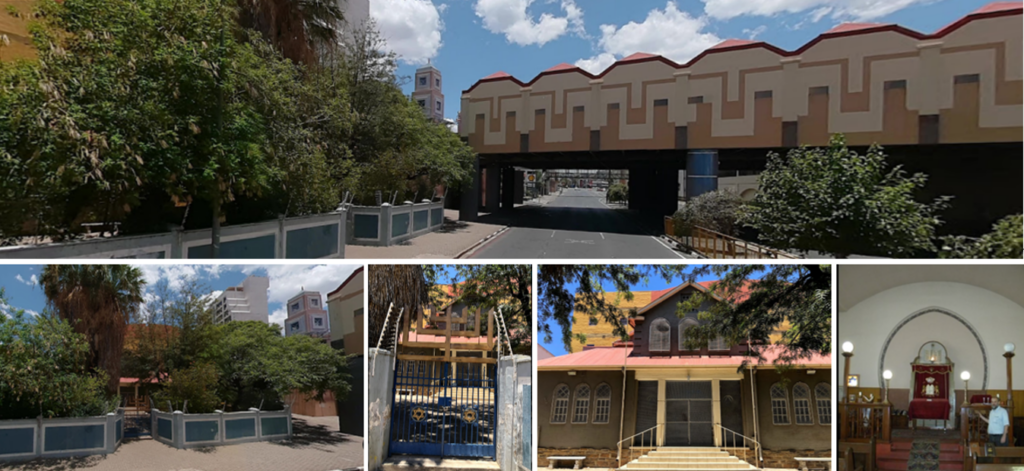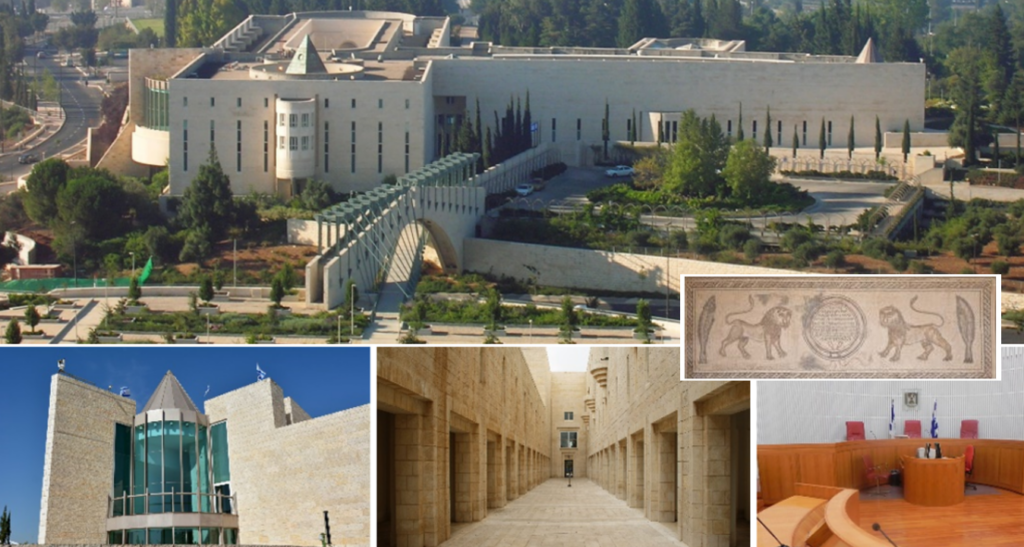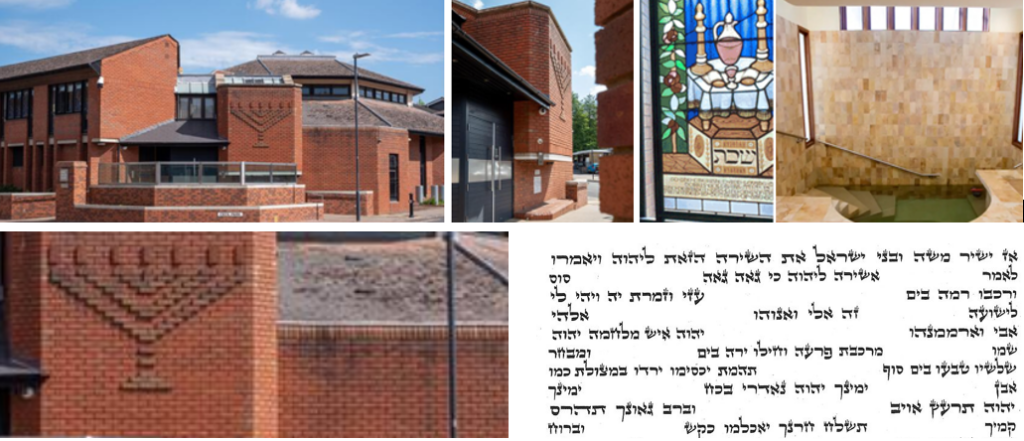
Chabbat Ha’Hodesh (הַחֹדֶשׁ – This Month), Exodus 12:1-20
In Egypt, the Hebrews are commanded to count the month of spring1 as the beginning of months. This time counting is the first mitzvah given to the Jewish nation.
Exodus 12:2
הַחֹדֶשׁ הַזֶּה לָכֶם, רֹאשׁ חֳדָשִׁים: רִאשׁוֹן הוּא לָכֶם, לְחָדְשֵׁי הַשָּׁנָה.
This month shall be for you the beginning of months; it shall be the first month of the year for you.
This time counting marks a new beginning. Nissan celebrates the liberation of the Hebrews from Egyptian slavery. It is the Exodus, the journey towards the promised land filled with hope.
The time counting is displayed on the Hebrew clock2 of the Town Hall in the Josefov3 district of Prague. Built in 1586, under the patronage of Mordechai Maisel4, next to the Old-New Synagogue, the Renaissance-style building served as a meeting place for the local Jewish community. It acquired its Rococo facade in the 18th century.
1 The spring month, Aviv (אביב), is the month of Nissan. It’s a ‘full’ month of 30 days (Chodesh Male – חודש מלא). It’s the first month of the religious year, but it’s the seventh or eighth month (leap year) of the year from Rosh Hashanah.
2 On this clock, Hebrew letters replace the numbers, and the hands rotate counterclockwise.
3 Josefov: named in honor of Emperor Joseph II, who emancipated the Jews by issuing an edict of tolerance in 1781.
4 Mordechai Maisel (1528-1601), philanthropist, mayor of Prague, leader of the Jewish community of Prague, and friend of the famous Maharal (מהר”ל = מורנו הרב לב – Moreinu HaRav Loew, Our Master Rabbi Loew).








